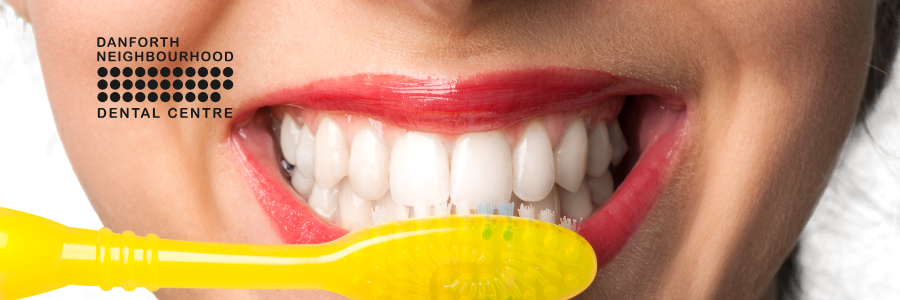Custom Mouthguards: Ensuring Optimal Oral Health and Comfort
Custom Mouthguards: Ensuring Optimal Oral Health and Comfort
Our mouth is not just for speaking and eating. It's a gateway that can affect our overall health, sleep quality, and even sports performance. From nighttime teeth grinders to athletes on the field, the need for specialized mouth protection is evident. Custom mouth guards at our facility are precisely tailored for individual requirements, ensuring optimal function and comfort. Let's delve into the types and their unique benefits:
Bruxism Guards:
Purpose: Bruxism, or teeth grinding, can cause extensive tooth wear, sensitivity, and even jaw pain. These guards prevent teeth from grinding against each other during sleep.
Benefits: They provide a cushioning effect between the upper and lower teeth, preventing wear, and reducing the risk of chipping or breaking a tooth. They can also alleviate jaw pain and headaches resulting from bruxism.
TMJ Guards:
Purpose: Temporomandibular joint (TMJ) disorders can cause pain in the jaw joint and in the muscles controlling jaw movement. A TMJ guard can help alleviate this.
Benefits: These guards are designed to reduce or redistribute the forces exerted when clenching the jaw, providing relief from TMJ symptoms and preventing further joint damage.
Sleep Apnea Guards:
Purpose: Sleep apnea is a condition where breathing repeatedly stops and starts during sleep. A specific type of mouthguard can help reposition the lower jaw and tongue to keep the airway open.
Benefits: Improved night's sleep, reduced snoring, and a decrease in the health risks associated with sleep apnea, such as heart diseases.
Snore Guards:
Purpose: These are for individuals who snore but don't necessarily have sleep apnea. They help to keep the airway open.
Benefits: Reduction or elimination of snoring, leading to better sleep quality for both the wearer and those around them.
Custom Sports Guards:
Purpose: For athletes, especially those involved in contact sports.
Benefits: They protect the teeth, lips, gums, and jaw from trauma during sports activities.
Custom-made sports guards offer a snug fit, ensuring that they don't dislodge during activity.
Why Choose Custom?
Over-the-counter guards may offer a one-size-fits-all solution, but custom guards are crafted based on dental impressions, ensuring a perfect fit. A better fit translates to better protection and greater comfort. Moreover, our dental professionals can assess your needs and guide you to the most suitable type of guard.
Conclusion:
Custom mouth guards play a pivotal role in protecting our oral health, ensuring restful sleep, and enhancing sports performance. By investing in a tailored solution, you not only safeguard your teeth and jaw but also ensure long-term well-being and peace of mind. It's a small step with significant benefits.
Recommended For You




